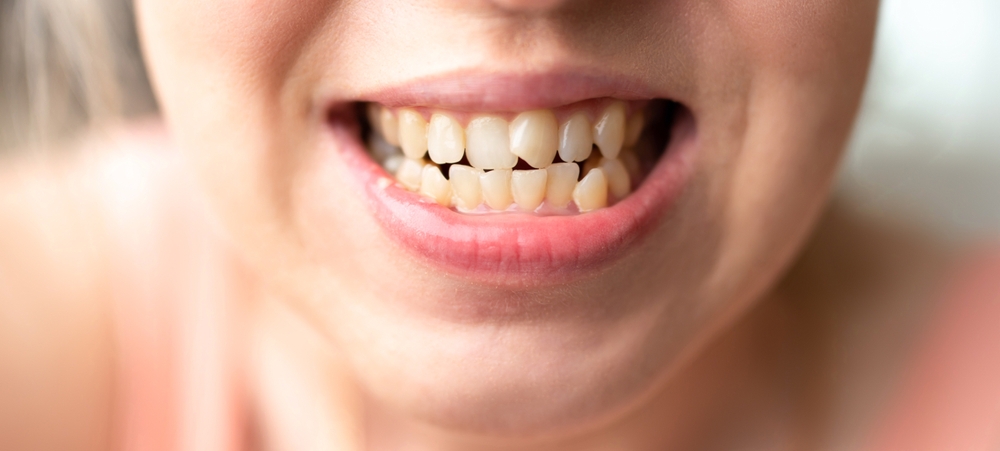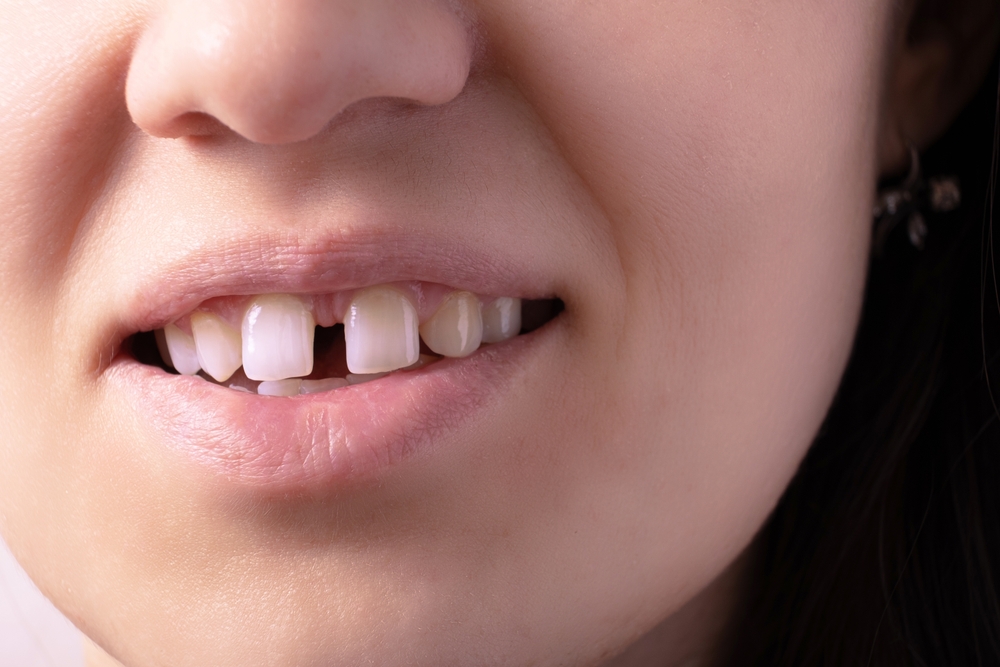Common Orthodontic Problems and How to Fix Them
At some point in our lives, many of us consider embarking on the journey to a straighter smile. Whether you’re dealing with the classic crooked tooth or a more complex orthodontic concern, understanding common problems and their solutions is the first step towards achieving that captivating grin that turns heads. In this blog, we’ll dive into the world of orthodontics, exploring issues from crooked teeth to overcrowding and providing insights on how to fix them.
Crooked Teeth


When teeth have trouble sitting neatly in a row, you’re dealing with the classic problem of crooked teeth. This common dental condition, known as malocclusion, occurs when there is a misalignment in the positioning of the teeth when the jaws are closed. Malocclusion can manifest in various ways, from overlapping or crowded teeth to irregular spacing between them.
The causes of crooked teeth are as diverse as the smiles they affect. Genetics can play a significant role, with your jaw’s inherited shape and size influencing how your teeth align. Additionally, jaw size discrepancies can contribute to crookedness, potentially due to developmental issues.
Overcrowding
Overcrowding happens when your teeth fight for space in your mouth. This experience can be an aesthetic concern that also causes discomfort.
This common orthodontic issue arises when the jaw has insufficient space to accommodate all your teeth comfortably. Overcrowding can be influenced by genetic factors, jaw size, or delayed eruption of permanent teeth. As the teeth jostle for space, it may lead to misalignment, difficulty in cleaning between teeth, and potential oral health issues.
Overbites and Underbites
An overbite occurs when the upper front teeth overlap the lower front teeth, while an underbite is the reverse, with the lower front teeth protruding beyond the upper front teeth. These misalignments can result from genetic factors, jaw size discrepancies, or habits like thumb-sucking. Beyond aesthetic concerns, overbites and underbites may impact speech, chewing, and facial proportions.
Crossbites
Crossbites are a unique puzzle in the world of orthodontics. This issue happens when some of your upper teeth sit inside the lower teeth instead of outside, resulting in misalignment. This problem can emerge due to factors like jaw discrepancies, genetics, or abnormal tooth eruption patterns. Beyond the aesthetic concern, crossbites can lead to uneven wear, jaw discomfort, and potential impacts on facial symmetry.
Gaps and Spaces


While gaps and spaces between your teeth may have a certain charm, they can also introduce challenges. These spaces, formally known as diastemas, can impact speech, create misalignment, and even pose risks for gum problems. The causes vary—genetics, tooth size discrepancies, or habits like tongue thrusting. Beyond the aesthetic considerations, addressing gaps is crucial for maintaining oral health and preventing issues such as speech concerns or potential gum-related complications.
Open Bites
This orthodontic condition occurs when the front upper and lower teeth fail to meet when the mouth is closed. The causes of an open bite can range from genetic factors to habits like thumb-sucking. Aside from aesthetic concerns, open bites may affect speech, lead to difficulties in biting, and contribute to uneven wear.
Impacted Teeth
Impacted teeth have difficulty fully emerging from the gums. This can occur due to various reasons, like limited jaw space, improper tooth angles, or genetic factors. Impacted teeth may remain hidden beneath the gumline, leading to potential misalignment, discomfort, or even infections. Wisdom teeth commonly fall into this category, creating a scenario where their eruption path is obstructed.
Solutions for Orthodontic Issues


Despite these common orthodontic problems, there are many solutions to help you achieve a more comfortable, beautiful smile. Here are some of the options:
Braces
Braces are the classic in the world of orthodontics. They have been transforming smiles for decades, providing an effective method for addressing various issues. Braces consist of brackets attached to each tooth connected by wires, applying gentle pressure to guide teeth into proper alignment. This time-tested solution is versatile and reliable and can address a spectrum of issues, like crooked teeth, overcrowding, overbites and underbites, and other complex orthodontic challenges.
Invisalign
For those who prefer a subtler approach, enter Invisalign. This orthodontic treatment involves a series of clear, custom-designed aligners that snugly fit over your teeth, gently guiding them into the desired alignment. This modern approach offers flexibility, comfort, and a touch of invisibility, as the aligners are nearly transparent.
Invisalign is designed to address concerns such as mild cases of crooked teeth and gaps.
Retainers
After braces or Invisalign have sculpted your smile, retainers step in to preserve that hard-earned alignment. These custom-fitted devices prevent teeth from returning to their former positions. Retainers are crucial for stabilizing the bite and ensuring long-term success, addressing concerns like potential shifting or relapse.
Surgical Options for Severe Orthodontic Problems
In some cases, orthodontic issues require surgery. Surgical options, such as jaw surgery, can address severe issues that may not be fully resolved with braces or aligners alone. Orthodontic surgeries can tackle complexities like severe misalignments, skeletal discrepancies, or jaw irregularities that demand a more profound intervention.
Tips for Maintaining Oral Health During Treatment
Orthodontic journeys are a commitment to a healthier, more aligned smile—and optimal oral hygiene plays a pivotal role. Here are some tips to keep in mind to ensure an effective and healthy smile transformation:
- Brush and floss every day—even with braces.
- If you have Invisalign or a retainer, remove these before eating and clean them regularly.
- Get regular dental check-ups for professional monitoring and promptly address any concerns with your orthodontist.
Finding the Right Orthodontist
Choosing the right orthodontist is the first step in your smile journey. With a sea of options, finding the one who understands your unique needs is paramount. Check credentials and patient reviews for a more holistic understanding of your options.
Ready to address your orthodontic concerns? Contact us at Aurora Orthodontics today for a personalized consultation. With our years of experience, we can help you chart the course for your new, comfortable dream smile.

